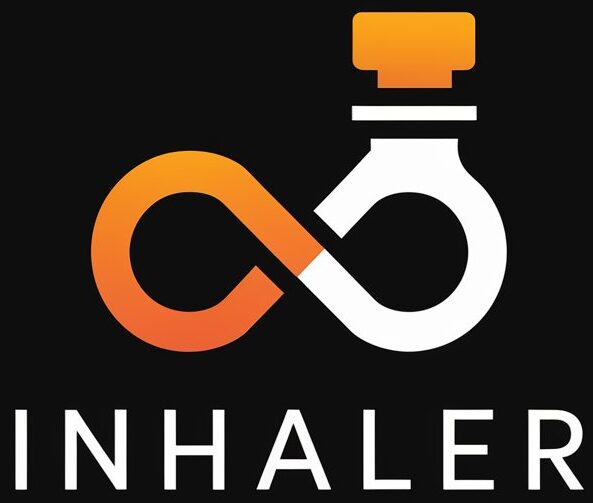Asthma is a chronic disease affecting over 339 million people worldwide. It is characterized by obstruction of the airways due to muscle contraction, inflammation, and increased secretion of mucus. Epinephrine, or adrenalin, is a drug often used in the treatment of severe asthma attacks. In recent years, epinephrine inhalers have become a popular option for those seeking fast-acting relief from asthma symptoms. This article explores the power of epinephrine inhalers for asthma.
The Role of Epinephrine in Asthma Management
Epinephrine is a natural hormone produced by the adrenal glands. Its role in the body is to prepare it for “fight or flight” responses. In terms of asthma management, epinephrine acts to relax the muscles in the airways and reduce inflammation, thereby restoring normal airflow.
Most forms of asthma medication work to either control the underlying disease progression (control medications) or relieve immediate symptoms (relief medications). Epinephrine inhalers fall into the latter category of relief medications. They are often used as a ‘rescue medication’ during a severe asthma attack.
Benefits of Epinephrine Inhalers
The benefits of epinephrine inhalers are manifold. Firstly, they are able to provide rapid relief from asthma symptoms. This is because epinephrine, once inhaled, works almost instantly to widen the airways and improve breathing.
Secondly, epinephrine inhalers are portable and easy to use. This means they can be carried around for immediate use when symptoms occur, and they are particularly useful in emergency situations.
Potential Side Effects and Risks
As with any medication, there are potential side effects with using epinephrine inhalers. Common side effects can include restlessness, nervousness, and rapid heart rate. Other potential side effects could be palpitations, tremors, and increased blood pressure.
Chronic or overuse of epinephrine inhalers can also lead to more serious complications such as heart problems or a worsening of asthma symptoms. Therefore, while they are a powerful tool in managing asthma, it’s important that they’re used under the supervision of a healthcare professional.
Conclusion
Epinephrine inhalers are a vital tool in the management of asthma, providing rapid relief from street symptoms, and potentially saving lives in the event of a severe attack. However, it’s critically important that these powerful tools are used as directed by a specialist to avoid potential side effects and complications. Always consult with a medical professional for personalized advice regarding asthma treatment and the use of epinephrine inhalers.
FAQs
1. Can anyone use an epinephrine inhaler?
Epinephrine inhalers, while generally safe, should be used under the supervision and direction of a healthcare professional. They are typically prescribed to patients with a confirmed diagnosis of asthma.
2. Can epinephrine inhalers be used for long-term asthma control?
No, epinephrine inhalers are designed for immediate relief from severe asthma symptoms. They are not intended as a long-term control medication.
3. What should I do if I experience side effects from an epinephrine inhaler?
If you experience side effects from using an epinephrine inhaler, you should seek medical help immediately. It’s also important that you inform your doctor of these side effects as they may need to adjust your treatment plan.
4. Can children use epinephrine inhalers?
Epinephrine inhalers can be used by children; however, it’s crucial that a healthcare professional prescribe and oversee their use. Dosage and utilization should be adjusted to suit the child’s specific needs and circumstances.
5. What is the difference between an epinephrine inhaler and a regular asthma inhaler?
While both types of inhalers are used to treat asthma, they work in slightly different ways. Regular asthma inhalers usually contain steroids that reduce inflammation in the airways, whereas epinephrine inhalers work by quickly relaxing and opening the airways during an asthma attack. It’s essential that asthma sufferers understand the different roles and uses of each inhaler, and use them accordingly.

